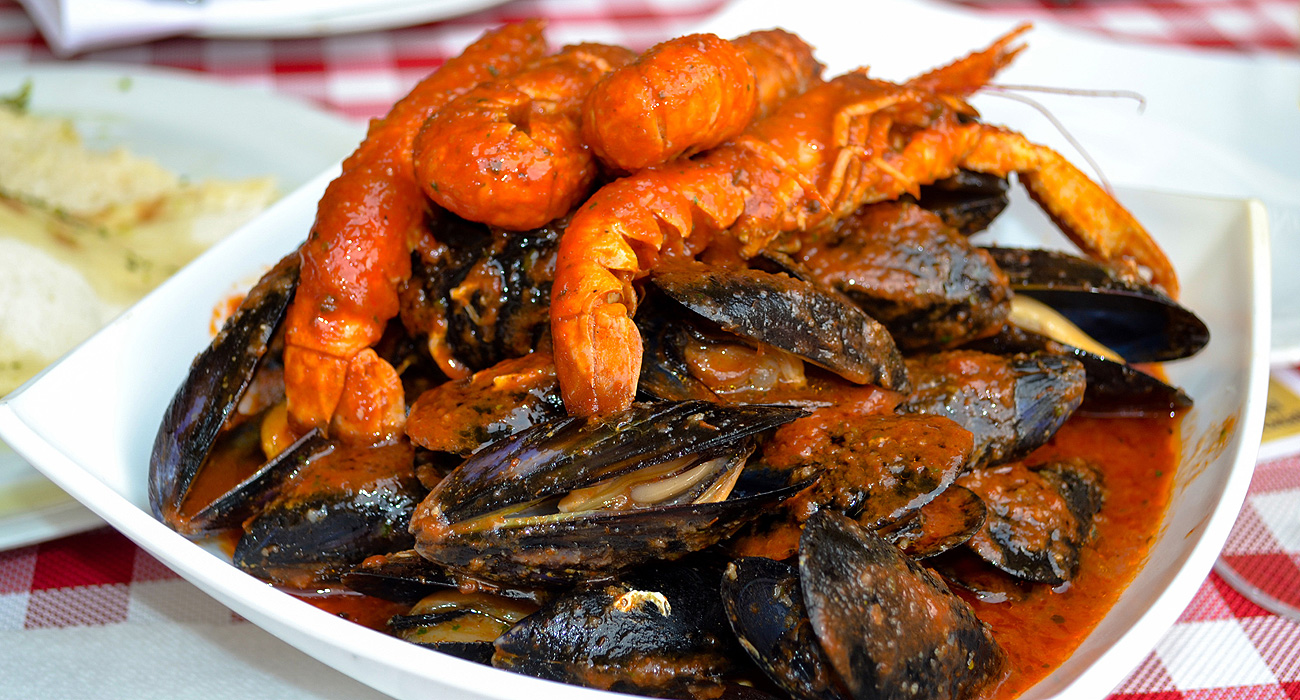
November 25, 2024
A Taste of History: Exploring the Culinary Wonders of Croatia
Croatia, a gem nestled along the Adriatic Sea, is more than a destination of stunning landscapes and historic towns. Its culinary tradition, shaped by centuries of multicultural influences, stands as a vibrant testament to the region’s rich history. Croatian cuisine is a tapestry woven from the threads of Mediterranean, Central European, and Eastern influences, creating a dining experience that is uniquely its own yet rooted in global flavors.
A Culinary Crossroads
Croatia’s geography has made it a melting pot for cultures and cuisines. Stretching along the Adriatic coastline and extending inland toward Central Europe, the country has been influenced by Italian, Austrian, Hungarian, Ottoman, and even French culinary traditions. Each region of Croatia reflects these diverse influences, creating a rich and varied gastronomic identity that feels like a journey through time and across borders.
The Mediterranean Touch
On the Dalmatian coast, Mediterranean influences shine brightly. Olive oil, garlic, fresh herbs, and an abundance of seafood dominate the cuisine. Dishes like black risotto (made with cuttlefish ink) and brudet (a hearty fish stew) are staples. These dishes are reminiscent of Italian coastal fare but have a distinctly Croatian flair, often incorporating local wines like Pošip or Plavac Mali to enhance their depth of flavor.
Central European Comforts
Inland, Croatian cuisine leans toward the hearty fare of Central Europe. This region, influenced by Austria and Hungary, features stews, roasted meats, and pastries. The classic dish štrukli, a baked or boiled pastry filled with cheese, reflects the rustic and comforting side of the cuisine. Goulash, sausages, and the famous Zagreb schnitzel further highlight this Central European connection, while adding a uniquely Croatian twist with local spices and ingredients.
The Ottoman Legacy
The eastern regions of Croatia, such as Slavonia, carry a strong Ottoman influence. Spices like paprika, which define many dishes here, arrived during the Ottoman occupation. Slavonia is famous for kulen, a spiced sausage that perfectly encapsulates the meeting of Ottoman spice traditions and European charcuterie techniques. Even the sweet treats, such as baklava, owe their presence to this historical connection.
Why It’s So Special
What makes Croatian cuisine extraordinary is its seamless fusion of these diverse culinary traditions into a cohesive and deeply personal identity. Here’s why this multi-country infusion is so special:
Regional Diversity
Traveling through Croatia is like embarking on a culinary tour of Europe. Each region’s distinct flavors and traditions offer visitors a taste of its unique history. On the same trip, one might enjoy a light Mediterranean seafood dish on the coast, a hearty Hungarian-inspired goulash inland, and an Ottoman-spiced sausage in Slavonia—all within a few days.
Local Ingredients
Croatian chefs pride themselves on the freshness of their ingredients, many of which are sourced locally. Olive groves along the coast produce some of the finest oils, while vineyards in Istria and Dalmatia yield exceptional wines. The Adriatic Sea is a treasure trove of fresh seafood, and inland regions offer high-quality meats and cheeses. This emphasis on local sourcing ties each dish to the land and sea of Croatia.
A Living History
Each Croatian dish tells a story. Whether it’s the Italian influence in pasta dishes, the Austrian inspiration behind flaky pastries, or the Ottoman roots of spiced meats, these foods are a living record of the people who have shaped this land. When you dine in Croatia, you’re not just eating a meal; you’re experiencing a slice of history on your plate.
A Sense of Community
Croatian cuisine is as much about connection as it is about flavor. Meals are often communal, with friends and family gathering to share food, stories, and laughter. Traditional cooking methods, such as preparing dishes under a peka (a bell-shaped lid covered with hot coals), bring people together in a celebration of food and heritage.
What to Try
If you’re planning a visit to Croatia, don’t miss these iconic dishes:
Conclusion
Croatian cuisine is a culinary mosaic that beautifully captures the country’s dynamic history and geographical diversity. Its blend of Mediterranean lightness, Central European heartiness, and Ottoman spice makes it a feast for the senses and a must-experience for food lovers. Whether you’re savoring fresh seafood by the sea or indulging in hearty inland fare, Croatia offers a gastronomic journey that celebrates its past and looks forward to the future.
So, when you find yourself in Croatia, come hungry—not just for food, but for the stories that each bite tells.






7
August
Scotland’s small size belies its vast array of wonders. This scenic country brims with history, natural beauty, and cultural richness, offering something for every traveler.
Read More
26
February
Croatia yacht tour is one of the best ways for women travelers to experience Croatia’s natural beauty, and community. Travelers get to experience Croatia’s natural
Read More
29
January
Greece is an enchanting country known for its rich history, ancient ruins, vibrant culture, and stunning islands. The islands of Greece are particularly famous for
Read More